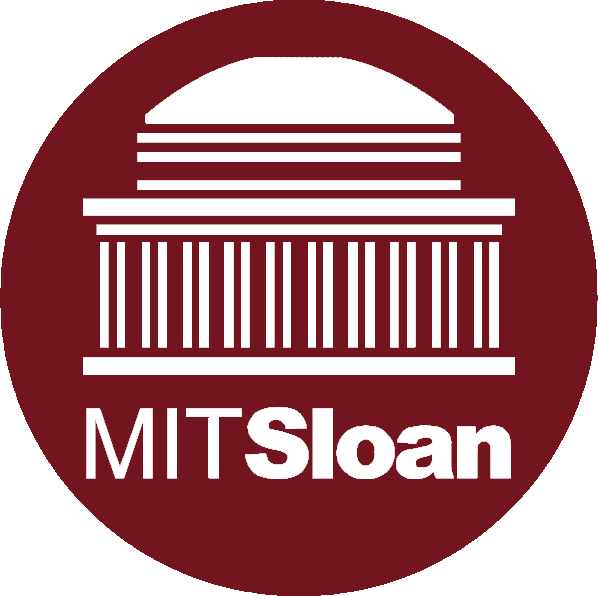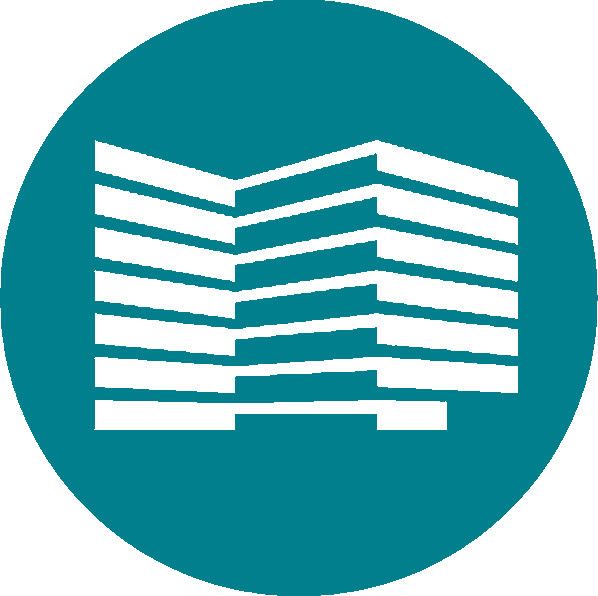Haunted by the Demands of Office Attire?
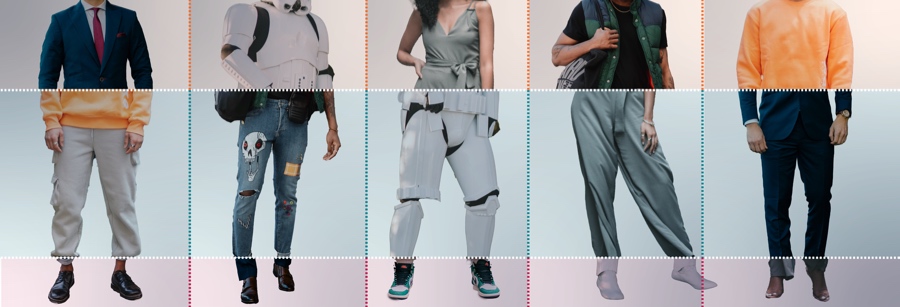
Dressing up and Down: The changing shape of what we wear at work
The way we dress for the office has changed historically and, like other work trends, faster recently, thanks to COVID. What does work fashion say about your culture, your company and even you, as an individual? What we put on our bodies is one of the most intimate choices we make everyday. On the heels of fashion week and in anticipation of everyone’s favorite dress-up holiday, “On Our Mind" parses the evolving idea of “dress for success.”
On our minds
As we're preparing do don our Halloween best, dressing up as rock stars, stuffed animals or our favorite characters from the undead. We've been thinking about the role of fashion in our personal and professional lives.
In the past few years, as we fled the offices and are trickling back, office fashion everywhere has started to resemble Palo Alto, circa 1999. This isn’t a new trend, just an accelerated one. Comfy attire was already popular when our commutes suddenly screeched to a collective halt in 2020. Our client, lululemon, debuted their ABC (anti-ball-crushing) pant back in 2014. The stretchy, breathable garment, structured to look like a dress pant and wear like a jogger, has been praised by Esquire (a “cult classic”), the Wall Street Journal, Men’s Health and GQ. But like the other aspects of office culture that we already knew we wanted more of (flexible schedules, hybrid workplaces), attending Zoom meetings in blouses and pj-bottoms set a new standard for what we are willing to tolerate in our work environment— and what we aren’t, any longer. For many of us, heels and tight waistbands are out. We’re no longer willing to sacrifice belly breaths and healthy arches for the sake of so-called “professionalism.” Nor, in many cases, are we willing to dye our grays or otherwise do elaborate things to our hair, faces and bodies, for the sake of being more “socially acceptable” —although in some cases, we may choose to do increasingly elaborate things in the name of self-expression. (For example, tattoos have become much much more welcome in the workplace in recent decades.) In short, no one is interested in contorting themselves into a too-small box (or too tight pants) at the office, whether a corporate dress code is stated or assumed.
Let's begin with a recap of some of the pains of office fashion over the years. In the earliest part of the 20th century, both men and (the very few) women wore full suits and floor-length gowns to the office. In the ‘20s, women traded their gowns for knee-skimming dresses and their up-dos for face-framing bobs. Twenty years later, women sported “power” cuts (square, padded shoulders), to fortify themselves against the “masculine” jobs they would take on while men headed to the war front. In the ‘50s, restrictive undergarments helped women achieve an “hourglass” figure, and in the ‘60s silhouettes slimmed for everyone, but too many women still struggled to breath in tummy-flattening-elastic hiding below those A-line dresses. The ‘70s brought more color for everyone and more comfort, in the form of women’s pantsuits, while the ‘90s ushered in “business casual,” cemented by the dot-com boom. Coming into the new millennium, Silicon Valley’s emphasis on efficiency, playful design and urban amenities translated into wardrobe choices that included hoodies under blazers and sneakers instead of dress shoes.
But blending work and play hasn’t caught on in every corporate office. As recently as 2016, a British receptionist was sent home from her accounting agency. Suspended without pay and told she couldn’t return unless she came back in two-inch heels, she started a petition that called attention to sexist and illegal dress codes. In addition to heels, these rules sometimes mandated make-up for females (and none for males!) or that “roots” be covered in dyed hair. A 2015 Supreme Court decision against Abercrombie & Fitch upheld a decision that they pay $20,000 to an applicant the clothing retailer refused to hire because she wore a hijab. The same company fired a Black employee in 2007 for wearing cornrows, which the company claimed broke their “clean, natural, classic” hairstyle requirement. In 2019 California passed the CROWN Act, which forbids company dress codes from enforcing a “Eurocentric” image of professionalism. Similar acts have been passed by 18 states, but there are no federal protections against dress codes that discriminate on the basis of gender or race. (Dress codes must legally make accommodations for religion and disability).
In 1996, 75-percent of offices had a dress down day. Now that even the US Senate has ditched the suit and tie and the “hippie” sandals everyone loved to hate are genuinely beloved enough to warrant a listing on the New York Stock Exchange, relegating comfort and style to a single day seems archaic. New York has just hosted a Spring Fashion Week full of no-fuss basics and relaxed cuts. There is another huge benefit in paring our wardrobes down to more versatile pieces that can do double-duty at the office and the gym, and then be accessorized for a night on the town. We have less need or desire for resource-intensive “fast-fashion” pieces that are often created unethically. Going forward, if we do want to dress up on a whim and make it something truly unreal, we might consider the expansive range of options available in the virtual fashion universe.
We’re on the cusp of Halloween, a time when outlandish attire is celebrated. As we’ve noted before, costumes allow us to play with our identity and express parts of ourselves that we might otherwise hide. Louisiana's Mardi Gras celebrations occupy a special place in queer history because they were historical “free passes” for nonbinary folks, in eras when “cross-dressing” could lead to arrest. PLASTARC has always advocated bringing your whole self to work, and the post-pandemic emphasis on physical comfort fits this motif. It’s not solely a matter of respecting workers as human beings, although that is primary. What’s good for workers is good for productivity. Who can get anything done when they’re shifting every 30 seconds, trying to find a way to sit comfortably in stiff clothes? In celebration of the Halloween spirit, we encourage employees to dress to be their personal best, whatever that looks like, and administrators to ensure that their company policies encouragersity, comfort, and confidence, across (and including!) the board.
And while you are at it, get ready for Movember, when growing a mustache demonstrates support for men's physical and mental health around the world!
From the archives
It’s spooky season again! In calling upon the ghosts of Octobers past, we learn about re-establishing the routines that COVID broke, hacking the home office, the future of office tech, and the beauty of hybrid thinking (and hybrids in general). Many, many full moons ago, we were thinking about the “office” in our pocket and using data to optimize workspace and performance.
We’ll leave you with this live rendition of David Bowie’s “Fashion,” from the album Scary Monsters (and Super Creeps). Be safe and savvy out there!
In Case You Missed It
Last month we looked to teachers to find out what remote education tactics have worked and haven’t, as much of our business on-boarding moves online. If you missed that, it lives on our website. And if you missed these other juicy happenings, catch up below.
Think Big Picture
Currently PLASTARC is at CoreNet’s global summit, where founder Melissa Marsh was joined by clients LPL and ATB to explore the use of tech, space and culture to drive hybrid office occupancy. Two more days of corporate real estate networking and learning are still ahead! Happening in Denver through Oct. 30.
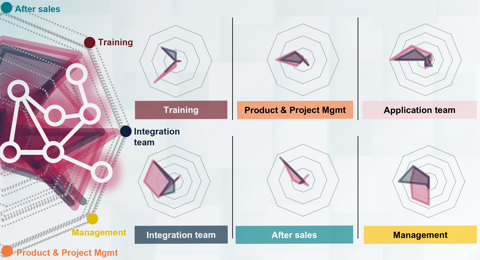
Serving Clients & Employees in the Same Space
PLASTARC helped TRUMPF solve for a balance between client-facing and service-based operations in their future workplace. Learn how we cultivated flexibility through diverse types of space and effective adjacencies between departmental teams.
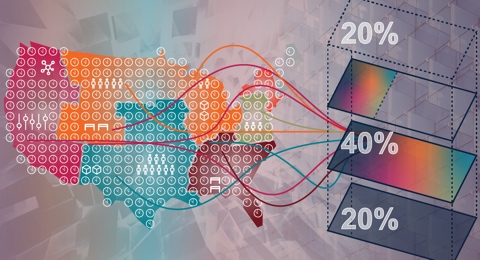
Using Research to Guide the Future of Work
While the GSA is overseeing a broad workplace overhaul for both its own employees and its clients, PLASTARC helped leverage pre-existing data to refresh services and better address evolving workplace needs.

Architects as Advocates AIANY
Social Science & Architecture Committee hosted a panel of professionals, students and educators, to explored how architects can be change-agents in their communities and beyond.

AI in Architecture
AIA New York just released its latest quarterly publication, which explores architecture and technology, particularly, AI. PLASTARC's submission focuses on smart buildings as social buildings and the user journey in both design and finished spaces.
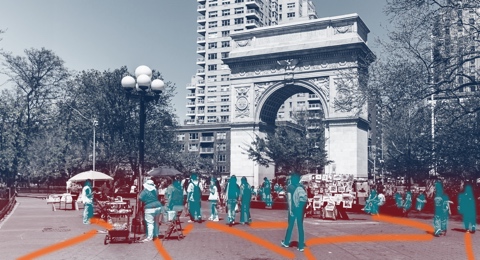
A New York State of Mind (and Space)
Joining the stage with our friends from LinkedIn and Instant Group, PLASTARC founder Melissa Marsh spoke at WORKTECH New York. Their conversation explored topics from personality driven workplace to social metrics in building performance.

Saying Goodbye to a Pioneer of Intersecting Industries
Leader in architecture and neuroscience and a founding member of ANFA, Eduardo Macagno developed studies that measure human reactions to the built environment and taught at UC San Diego and Columbia University. He passed on Oct. 11.
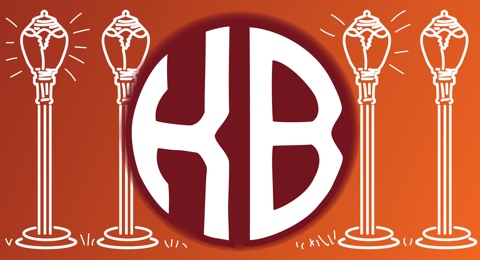
Remembering Professor Emeritus Kent Cress Bloomer
Does the phrase “Central Park lamp post” evoke an image for you? Kent Bloomer, a sculptor and designer of that iconic marker of our urban experience, taught at Yale for 50 years. An expert in architectural ornament, died on Oct. 22.
Looking Ahead
What are you excited about, in this season of anticipation? Here are some events that make our spines tingle.


